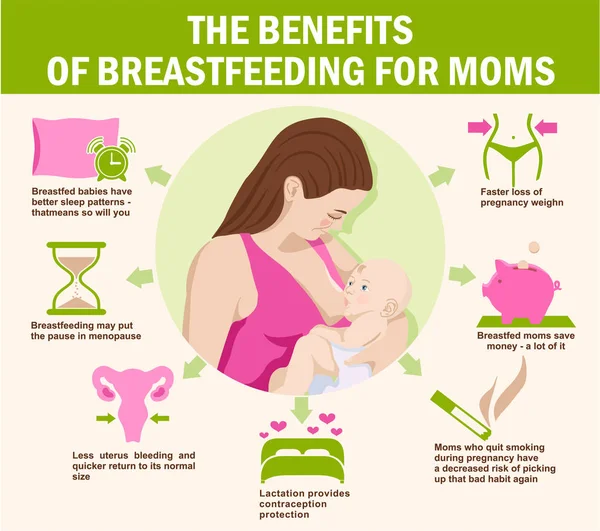Printable feeding schedule for baby
A Newborn Feeding Chart That Works (With Printable!)
What's in this post...
Inside you’ll find all you need to know to put into a newborn feeding chart and then have a printable one for yourself! Whether or not you are interested in sleep training, this will get you started on a great solid routine.
I gave birth to my firstborn in a hospital in Aberdeenshire, Scotland.
With a midwife whom I’d never met.
It all happened so fast and no one thought I was actually near 10 cm because they hadn’t checked dilation since I wasn’t in much pain. Must not be close, they assumed.
But really I’m a redhead and my pain signals are all jacked up so then it was go time before we knew it.
“But I don’t even have the paperwork ready…” she said in a sort of sweet and confused voice.
“IT’LL WAIT!” I yelled.
Fast forward a few days…
Fast forward a few days and I was ready to start tracking my baby’s feeds. I couldn’t remember which side she had fed from or if she was feeding enough and I felt stressed.
I wanted to write it down and keep it in her nursery. So I used a pen and a little notepad and over the next few weeks kept diligent track to make sure things seemed okay.
They were!
Read: The ultimate newborn napping, feeding, and sleeping schedule
Newborn Feeding Chart
Use this simple printable chart to track your feeds to make sure baby is fed, your supply is up, and everyone is well.
Basic Feeding Tips For The Early Weeks
(Psst… you can scroll down and get your free downloadable newborn feeding chart).
Here are some basic rules of thumb when it comes to feeding newborns. Talk to your pediatrician or nursing consultant if you have any issues, but for most babies these principles will help you have a calm, contented baby.
Read: 8 reasons you’ve got a fussy whiny little one
Focus On Filling Baby Up
Newborns are sleepy. They want to feed a bit then nod off. This is not a good idea for a few reasons, listed below.
They want to feed a bit then nod off. This is not a good idea for a few reasons, listed below.
To keep track of whether or not your baby is taking full feeds, scroll down and get your free newborn feeding chart so you can keep track.
- Babies do not get the breast milk most rich in fat and calories (the hind milk) because if they nurse for a short period they’re only getting the fore milk (less density which means less filling).
- Also, they will not go into a deep sleep (which takes around 20 minutes) and then when they transition through sleep cycles (around 45 minutes or so after they’ve gone to sleep) they’ll wake up out of hunger.
- You will be feeding baby every hour all day long.
Related Reads:
- What To Do When Baby Is Feeding Every Hour (& Not Sleeping!)
- Feeding Baby Through One Year
Newborn Settling Guide
Tried-and-true *hands on* newborn settling strategies that even the most fussy (or wide-awake-sleep-refusing) newborns cannot resist!
Learn More
Feed Unswaddled By Day And Swaddled By Night
We want our babies to know the difference between night and day so they’ll have their wake times in the day and sleepy time at night.
This means that we create certain associations with being awake and other associations with sleep. One of those is the swaddle. You should swaddle from Day One because this will decrease the likelihood your baby “fights the swaddle.”
I had 5 babies and none fought the swaddle because we did it from Day One and there simply wasn’t an option.
Babies who are not swaddled will wake frequently or nap lighter since the startle reflex (moro reflex) will cause their arms to rise up and “startle.”
If they aren’t in a deep sleep cycle this might be enough to wake them.
During the day unswaddle them to feed so you’re communicating wake time. At night, unswaddle the bottom of their swaddle (the swaddles perfect for this shown below) to change their diaper, then reswaddle them and feed swaddled. This means baby will essentially sleep through the feed. Voila!
Read: How to clear up daytime and nighttime confusion in babies
Bring Baby To You, Don’t Lean Towards Baby
Those midwives in Scotland had it going on.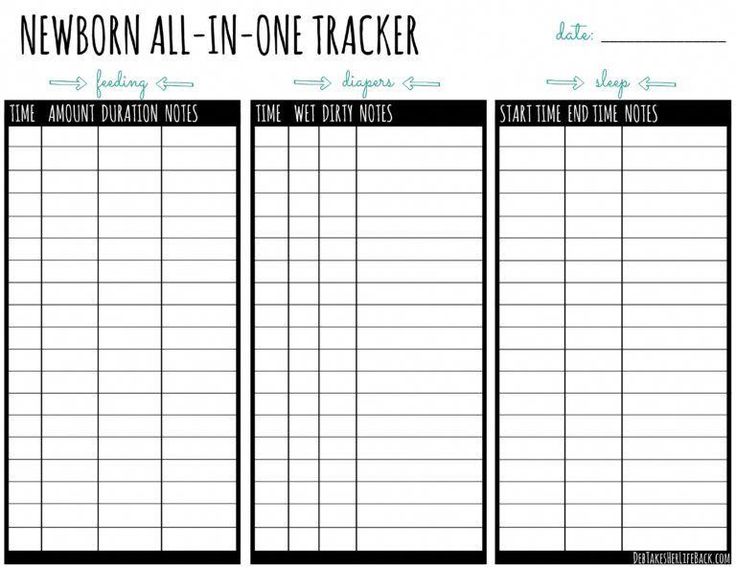 Not only did they give you all the logistics while you were in the hospital, they visited you for a few weeks AT HOME during the postpartum period.
Not only did they give you all the logistics while you were in the hospital, they visited you for a few weeks AT HOME during the postpartum period.
You could ask them absolutely anything about anything and they helped make it all work. One thing they gave me in my welcome packet was a DVD on how to get baby to latch properly.
With 5 babies I have had 0 issues with latching on and I’m telling you this works.
Instead of leaning down onto baby, position the breast and the baby’s head so that you push the baby onto your breast.
This means your bringing baby where the milk is, not trying to bring the milk down to baby. And, it means this will make for a better latch.
Related Reads:
- The Difference Between Midwives And Doctors
- How To Get Your Newborn To Sleep Well From Day One
Newborn Feeding Chart
Use this simple printable chart to track your feeds to make sure baby is fed, your supply is up, and everyone is well.
Example Daily Rhythm
Newborns have tiny tummies. You’ll be feeding baby around the clock for weeks at a time. However, by giving full feeds and keeping baby awake during feeds (which can be a feat) you’ll be able to increase the time between feeds providing baby with more restorative naps.
Initially you want to aim for feeding baby every 2.5 to 3 hours. So you may feed at 6 am, 8:30 am, 11:00 am, then 2:00 p.m.
The only reasons baby should feed less than 2.5 hours apart are these:
- Baby is not feeding enough at each feed (not getting calorie rich hind milk or enough ounces of formula)
- They are going through a growth spurt.
- You are cluster feeding in late afternoon early evening on purpose.
Read: The Easy Peasy Newborn Routine That Makes For Happy Babies
A Printable Chart That Works Like A Charm
I’ve created a newborn feeding chart below where you can record what times your baby is feeding and use that to find a good rhythm for you and your baby.
Read: The Dreamfeed: The Why, The How, & When To Stop
Is baby sleeping okay?
Baby bedtime can begin to feel like an actual nightmare.
Moms just want baby to sleep well. You just want to have some peace and quiet after a long day of momming and yet you are spending so much time trying to comfort an exhausted baby and wondering where it all went to pot.
Because moms with babies are busy (and tired) I created a set of nitty gritty baby sleep checklists that get straight to the point.
- Things to look for if your baby is sick.
- Habits to check if your baby won’t sleep at night.
- What to do if your baby won’t go back to sleep at night.
- And so much more!
It’s not usually some major problem that’s causing baby sleep issues, it’s usually something small. Use these checklists and get some clarity today.
Read: Cocooning a Newborn & 7 Reasons Why it Can Be Good For The Family
Newborn Feeding Chart
Use this simple printable chart to track your feeds to make sure baby is fed, your supply is up, and everyone is well.
Sources:
- The importance of schedules and routines
- Routines minimize chaos which promotes resilience and regulation
- Routines indicators of predictable family life contributing to childhood development
Family Routines Reboot
Take our 3 day challenge to create life-giving family, child, and self-care routines.
Learn More
::
Newborn and Baby Feeding Chart in the 1st Year
Whether you’re a first-time parent or a seasoned caregiver, figuring out why your baby is crying can feel like a guessing game. Fortunately, paying attention to your baby’s daily feeding schedule can help reduce some of the guesswork.
By following a feeding schedule, you might be able to avoid some of the fussiness associated with hunger, and you’ll be able to more easily tell whether he’s more likely to be wet or tired instead.
Whether your little one’s a newborn, a 6-month old, or even a 1-year-old, read on to find out how to come up with a feeding schedule and adjust it to your baby’s needs as he grows and develops.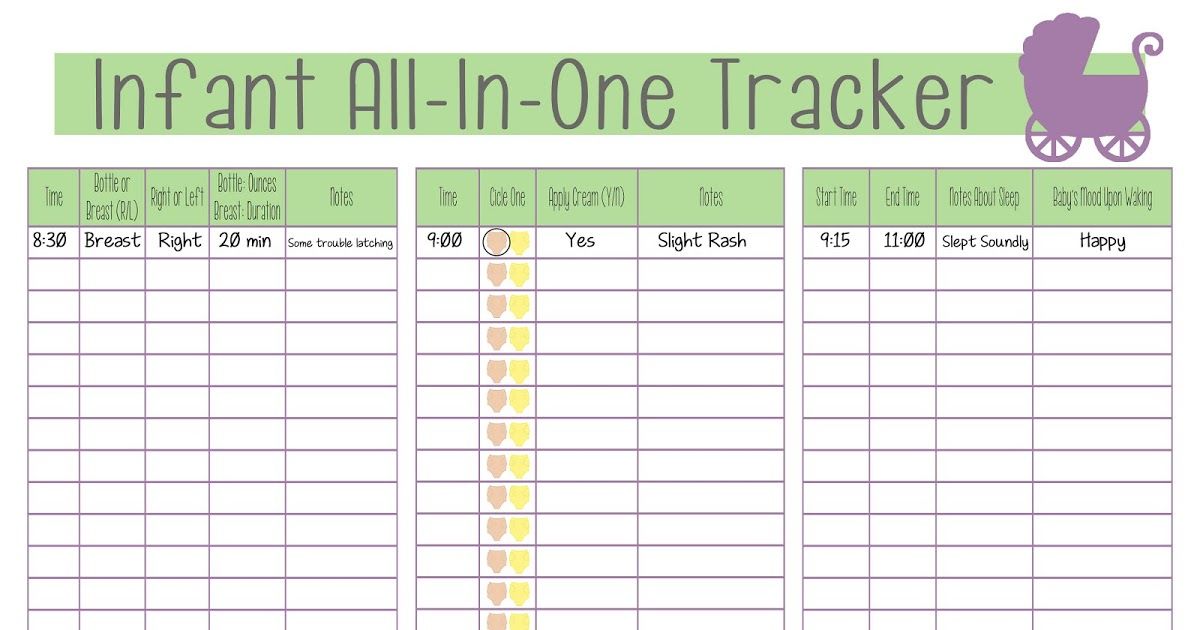
Baby Feeding Chart at a Glance
As you watch for those delightful baby milestones — from first smiles and giggles to sitting and crawling — it can be hard to keep track of everything related to your baby’s feeding schedule. Fortunately, you don’t have to. We've assembled all the necessary details in the chart below, including feeding frequency and portion information.
related baby tool
Keep an eye on your baby’s average growth by tracking height, weight, and head circumference with our simple tool.
Fill out your baby's details*:
What is your child*
Boy Girl
This is a mandatory field.
Age (between 0 and 24 months)
This is a mandatory field.
Weight (lbs.)
This is a mandatory field.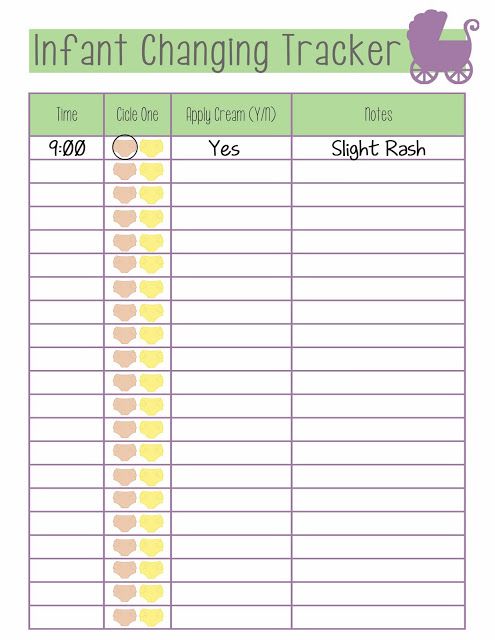
Height (in.)
This is a mandatory field.
Head circumference (in.)
This is a mandatory field.
*Input details of your baby’s last measurements. **Source: World Health Organization
Feeding Schedule for Breastfed Newborns
From the moment your baby is born, she begins to grow at a surprisingly quick pace. To fuel her development and keep her well fed, be prepared to nurse about every two to three hours.
By the time she’s a week old, your little one may begin to nap for longer periods, giving you more time between feedings. If she’s sleeping, you can maintain your baby’s feeding schedule by waking her up gently when it’s time to feed.
Tips to keep in in mind if you’re breastfeeding:
The length of time between feedings is measured from when your baby begins nursing, not when she stops.

Ensure your little one latches on properly. This can be difficult when you’re starting out, especially for first-time moms, but over time your baby may begin to latch comfortably. Speaking to a lactation consultant could be helpful.
As your baby grows she may nurse at a faster rate.
Alternate between breasts during each feeding.
Look for signs that your baby is full. She may turn away from the breast, nurse at a slower rate, or lose interest. Once she seems full, end the feeding
Your baby’s healthcare provider may recommend adding vitamin D oral supplements to your baby’s diet. Follow the provider's instructions to ensure your baby gets the proper dosage.
Nursing your baby on demand or every couple of hours around the clock can seem like a lot—and it is! At the newborn stage, your baby can’t take in much milk in a single sitting, so frequent feeding is needed to make sure she's getting enough. Later on, as your baby's daily routine (including her sleep and awake time) becomes more predictable, you'll have an easier time following a regular feeding schedule.
Feeding Schedule for Formula-Fed Newborns
Formula-fed newborns will need about two to three ounces (60 – 90 milliliters) of formula per feeding to start with. Newborns, fed from bottles are able to take in more during a feeding than a breastfed infants. This allows you to space out feedings by about three to four hours.
As your baby reaches her 1-month milestone, she will need at least four ounces per feeding to get the nourishment she requires. Your newborn’s feeding schedule will gradually become more predictable over time, and you’ll need to adjust the amount of formula as she grows.
3-Month-Old Feeding Schedule
Now that you and your baby have begun to develop a routine, it can be difficult to make slight alternations. However, as your baby grows and her feeding needs change, you’ll need to adjust your baby’s feeding schedule accordingly.
For Your Breastfed Baby
At 3 months, your baby is becoming more active, will begin to breastfeed less often, and may sleep for longer periods of time at night.
You may have to nurse just six to eight times per day at this stage (or about every three to four hours).
If your baby’s healthcare provider sees that he’s gaining weight and growing at a regular pace, then he’s probably getting the right amount of nutrition.
The number of wet and soiled diapers is also a great indicator as to whether or not he is eating well. Your baby should have about four to six wet diapers a day.
See your baby’s healthcare provider if you’re concerned that your little one may not be getting enough to eat.
For Your Formula-Fed Baby
As your little one continues to grow, you’ll notice that he wants to eat more during each feeding and begins to sleep for longer intervals at night.
Slight adjustments to your 3-month old’s feeding schedule may include:
Increasing the amount of formula to about 5 ounces per feeding
Giving your baby formula about six to eight times per day
Switching the newborn nipple size or style on your baby’s bottles to make it easier for him to drink from the bottle.

6-Month-Old Feeding Schedule
At this stage, your baby’s healthcare provider may recommend you expand your baby’s diet to include solid foods. With these menu additions on the horizon, having a 6-month-old feeding schedule will come in handy!
When a baby ready to try solid foods, a single grain baby cereal mixed with breast milk or formula has traditionally been the first solid food to be introduced, followed by pureed vegetables and fruits. However, there's no medical evidence that indicates introducing foods in any special order offers any benefits.
Keep in mind that solids are only a supplement at this stage, and that breast milk or formula is still your baby’s most important source of nutrition. Continue to include about 32 ounces of breast milk or formula in your 6-month-old’s feeding schedule of three to five feedings per day to ensure your baby gets the necessary vitamins and minerals.
You may be able to start weaning your baby off of night feedings; however, every baby is unique.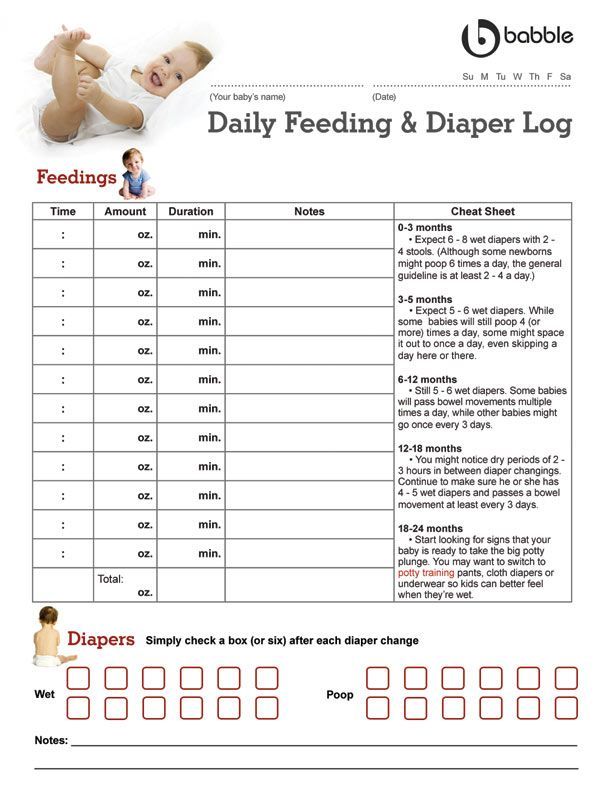 Speak to your baby’s healthcare provider to see if it’s time to cut down on nighttime feedings and to learn what you can do to encourage the process.
Speak to your baby’s healthcare provider to see if it’s time to cut down on nighttime feedings and to learn what you can do to encourage the process.
7 to 9-Month-Old Feeding Schedule
Months seven through nine can be a good time to add a greater variety and quantity of solid foods to your baby’s diet. He may need fewer daytime feedings, now — about four to five.
Purees of meats, veggies, and fruits are recommended at this stage. Introduce your baby to these new flavors as single ingredient purees then gradually add combinations to his meals.
Your baby may slowly begin to wean off breast milk or formula as his growing body demands solid foods for nutrition.
There is no correct time to wean off breast milk or formula. Speak to your baby’s healthcare provider to learn more about the cues and signs that can let you know when your baby is ready for more solid foods.
10 to 12-Month-Old Feeding Schedule
Exploring new textures may now be a big part of your little one’s meals. As he grows, he may begin to self-feed with finger foods such as cut-up bananas, dry cereal, and pasta and even demand certain flavors that he enjoys more.
As he grows, he may begin to self-feed with finger foods such as cut-up bananas, dry cereal, and pasta and even demand certain flavors that he enjoys more.
As you continue to replace breast milk or formula with solids, your baby’s healthcare provider can help determine how to balance out your baby’s meals.
Blends of different foods can be introduced during mealtime and added to your baby’s feeding schedule. Your baby may eat about three to four times per day. Be sure to avoid offering foods that pose choking hazards such as grapes, peanuts, and popcorn.
Finger feeding can be fun for your little one. Always be sure that his food is cut up into pieces that are small enough for him to be able to pick up and chew without being at risk of choking. After some practice, he’ll be on his way toward wholesome, independent eating habits.
1-Year-Old Feeding Schedule
Now that you’re celebrating your baby’s first birthday, it’s also time to celebrate his feeding accomplishments. Your baby’s feeding schedule can now include almost all the healthy and nutritious foods you eat, with a few minor exceptions such as raw honey and choking hazards like nuts.
Your baby’s feeding schedule can now include almost all the healthy and nutritious foods you eat, with a few minor exceptions such as raw honey and choking hazards like nuts.
Your baby may be eating less frequently now, as he is able to take in more food in one sitting. Give your 1-year-old approximately three meals and about two or three snacks a day.
This is the time to add cow’s milk to your baby’s diet. However, too much milk is not always good, and should be kept to about 16 to 24 ounces per day if your baby is able to tolerate lactose. Check with your baby's healthcare provider if you have any questions about how and when to introduce cow's milk.
You can continue to nurse your baby if you wish. There is no correct time to wean him off of breast milk; rather, it is recommended that to continue breastfeeding for as long as it is right for you and your little one. Consult with your baby’s healthcare provider if you have questions about the weaning process.
As your baby grows and develops, his feeding needs will change. Having a baby feeding schedule at the ready can help you track your baby’s mealtimes and anticipate when he’ll start to be hungry.
Having a baby feeding schedule at the ready can help you track your baby’s mealtimes and anticipate when he’ll start to be hungry.
This is just one of the ways you can help keep your little one happy and developing well. Having a feeding schedule in place also gives you some extra freedom to spend more time enjoying his many milestones.
Of course, if at any time you have questions or concerns, reach out to your baby’s healthcare provider for personalized guidance and advice.
Daily routine for a child under 1 year old
Daily routine is a system for distributing periods of sleep and wakefulness, meals, hygiene and health procedures, activities and independent human activities throughout the day.
Compliance with a rational daily routine corresponding to the age characteristics of the child contributes to his healthy growth and development. Getting used to performing various types of activities at the same time, the child is prepared for the upcoming type of activity at every moment of time, which ensures their easier and faster implementation. Compliance with the correct daily routine provides a good mood for the child and maintains a keen interest in the study of the world around him, contributing to his normal motor and psychoverbal development.
Compliance with the correct daily routine provides a good mood for the child and maintains a keen interest in the study of the world around him, contributing to his normal motor and psychoverbal development.
The child's daily routine includes the following obligatory elements: diet, time spent outdoors during the day, frequency and duration of sleep, mandatory classes to develop skills in accordance with age, free time.
In the first months after birth, a healthy newborn baby sleeps for most of the day, since all external stimuli are very strong for the nervous system of a child, accustomed to a cozy intrauterine environment, and cause its rapid exhaustion. As the child grows older, the duration of sleep gradually decreases and the time of wakefulness increases.
| Age | Daytime sleep mode | Night sleep | Wake mode |
| From birth to 2 months | 6 x 2. 5 hours 5 hours | 6 hours | During feeding |
| 2-4 months | 5 times 2-2.5 hours | 6.5 hours | 4 x 1.5 hours |
| 4-6 months | 4-5 times for 2 hours | 7 hours | 4 times 2 hours |
| 6-9 months | 3-4 times for 1.5-2 hours | 8 hours | 4 x 2.5 hours |
| 9-12 months | 2 x 1.5-2 hours | 9-10 hours | 4 times for 3-4 hours |
Closely related to the sleep-wake mode is the feeding mode of the baby. The sleep of a child in the first months of life is very sensitive and is easily disturbed under the influence of various extraneous stimuli, including hunger.
| Age | Mode | Example |
| From birth to 2 months | 7-8 times, every 3 hours | 6,9,12,15,18,21,24 (no night feeding) |
| From 2 to 6 months | 6-7 times, every 3. 5 hours 5 hours | 6, 9.30, 13, 16.30, 20, 23.30 (without night feeding) 6, 9.30, 13, 16.30, 20, 23.30, 03 (with night feeding) |
| From 7-12 months | 5 times, every 4 hours | 6,10,14,18,22 |
A child's stay in the fresh air is essential in the daily routine. The total duration of stay in the open air for children under 1 year of age should be at least 5-6 hours a day. Fresh air has a calming effect on the baby, improves metabolic processes, and increases the body's defenses. In the summer, all games and activities should be held outdoors; in the cold and transitional seasons, two one-time walks of 1.5-2 hours are provided.
Fresh air also has a beneficial effect on sleep. By acting on the skin and mucous membranes of the nose and upper respiratory tract, it provides a faster fall asleep of the child and a higher quality of sleep. Sleeping outside can replace a walk, especially during the cold season.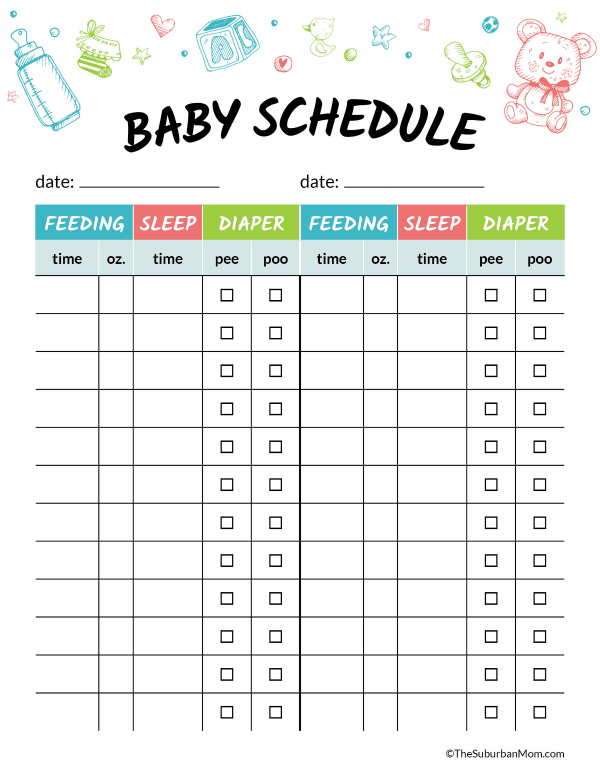
The child's daily routine is generally individual, but ideally, one should strive to ensure that the child eats after waking up, and then stays awake until the next sleep. A well-slept baby eats with appetite and then calmly and actively plays or engages, and tired of games, easily goes to sleep.
When your baby is awake, try to keep him active and cheerful. It is necessary to dress the child in loose clothing that does not hinder movement, provide access to toys appropriate for his age, and most importantly, actively participate in games and activities with the baby as a whole family.
Author - Physiotherapist - DMITRIENKO T.G.
newborn sleep and feeding schedule
02/26/2019
13
Your baby is almost 5 weeks old, and do you remember how the first month was filled with new emotions, doubts and discoveries for you and your baby? But now you better understand your monthly baby and strive to organize a comfortable daily routine for your child. “What is important to consider at this age? How many hours of sleep and wake is enough for a child? How to properly organize the approximate regimen and feeding of a newborn this month? Frequently asked questions by new parents. Let's explore them together!
“What is important to consider at this age? How many hours of sleep and wake is enough for a child? How to properly organize the approximate regimen and feeding of a newborn this month? Frequently asked questions by new parents. Let's explore them together!
Baby's daily routine
1 month
In the first month of life, sleep is extremely important for the development of children, their growth and mood. Therefore, it is necessary to pay special attention to organizing the rest of the crumbs.
The baby sleeps approximately 17-20 hours a day. At the same time, some children of this age sleep more, others less.
Usually night sleep is 7-10 hours with awakenings for feeding, and daytime sleep is about 8-9 hours. With this mode, you will notice that the baby sleeps 4-6 times a day. It is important to remember that a newborn's daytime sleep can be both short (20-40 minutes) and long (up to 3 hours).
This is due to the fact that the brain of a newborn is not yet physiologically mature, the biological clock is not formed, so the child does not have any clear regimen. It turns out that you will not be able to achieve one schedule daily yet. Also, leaving at night can change and be quite late. You will also notice that the baby during the rest gurgles, moves and does not seem to be actually sleeping. The fact is that now the child sleeps mainly in the fast phase, so now children's sleep is quite restless.
Waking time - is the second important point that should be taken into account when forming the routine of a monthly baby. On average, the baby should be awake for up to 60 minutes. Focus on the time that the child slept in the previous daytime sleep - as much as possible he can hold out in the waking state. This will also help organize the baby's routine this month.
Avoid overwork and keep track of the time of activity between sleeps. Do not be afraid to soothe a newborn baby by any means.
Do not be afraid to soothe a newborn baby by any means.
What can you do to make your baby sleep better:
- Swaddle your baby so that he calms down faster and does not wake himself up with his arms and legs.
-
Organize sleep in your stroller. Babies tend to sleep longer outdoors. How long it takes to walk depends on the time of year. In summer it is possible up to 2-3 hours in a row, in winter - depending on weather conditions. If it's too cold outside, the best way out is to put the child on the balcony.
-
If the baby has difficulty falling asleep in the evening, dim the lights in advance, turn on white noise.
- Use a sling or chaise longue if the baby is completely capricious.
- Start bedtime when you see the first signs of fatigue in the child - this is exactly the time when he wants to sleep.
- Remember that a change of bed can wake up your baby.
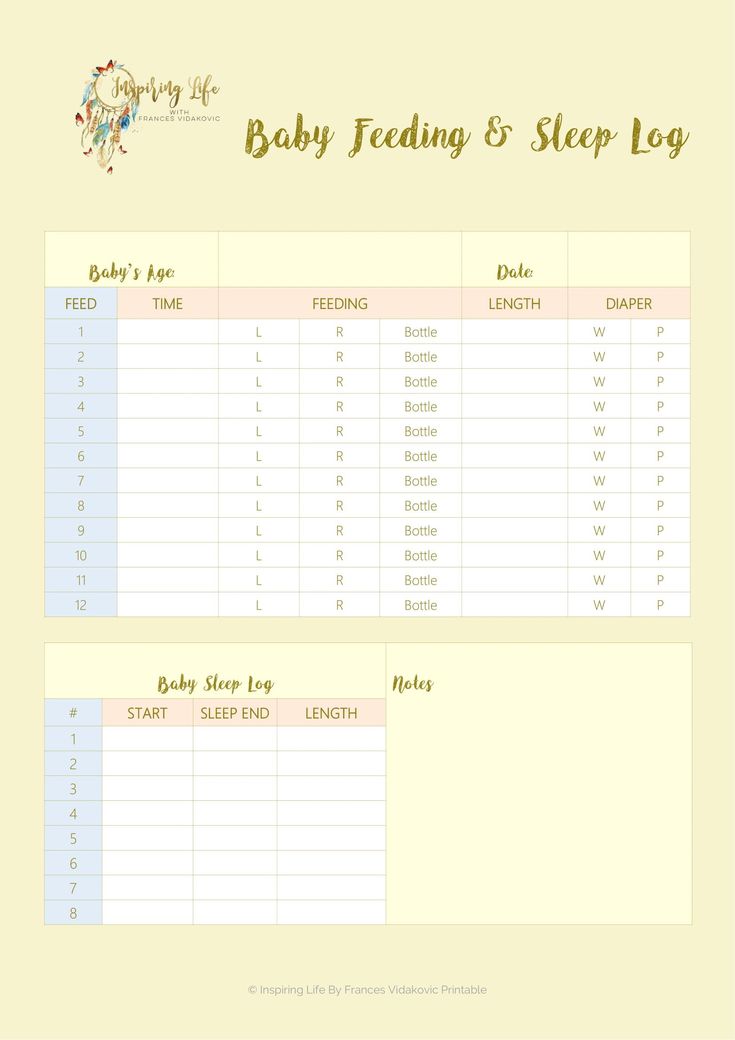 If you decide to transfer a sleeping baby from your arms to the crib, do it 20 minutes after falling asleep, when the baby is fast asleep.
If you decide to transfer a sleeping baby from your arms to the crib, do it 20 minutes after falling asleep, when the baby is fast asleep. - Bathe your baby before bed. Soon, bathing for him will be a signal to end the day and prepare for bed.
- Give your baby a pacifier if he can't sleep. Just remember that it is better to start using a pacifier when breastfeeding after lactation is established.
- Use a weak night light during night feeding.
Causes of poor sleep in a 1 month old baby can be:
1. Physical discomfort. In the evening, the baby may begin an attack of colic, which lasts from 2 to 6 hours. Support the baby in every possible way on such days - by 6 weeks relief will come. Also remember that the baby takes over your state. A calm mother is a calm baby. Therefore, try not to forget about your rest too and do not worry if the regime is violated.
2. Confusion of day and night. Due to the not yet formed circadian rhythms, a 1-month-old baby may sleep more during the day than at night. But already by 1.5 months, the baby will begin to sleep at night for up to 3-5 hours in a row. Take your child out to bright light during the day and dim the lights at night. So the baby's body will quickly adjust the internal clock. Try to start the morning early so that the child understands that the day has come. Carrying out hygiene procedures will become for him an association with the morning.
But already by 1.5 months, the baby will begin to sleep at night for up to 3-5 hours in a row. Take your child out to bright light during the day and dim the lights at night. So the baby's body will quickly adjust the internal clock. Try to start the morning early so that the child understands that the day has come. Carrying out hygiene procedures will become for him an association with the morning.
The table shows the sleep norms of a baby in the first month of life:
Baby's feeding schedule
1 month
A newborn baby basically eats every 2-3 hours, regardless of the time of day. Therefore, do not worry if the child often wakes up at night now.
IV babies eat less frequently because formula takes longer to digest than breast milk.
Modern pediatricians advise in the first weeks of a child's life on breastfeeding to organize meals on demand in order to establish lactation.![]()




